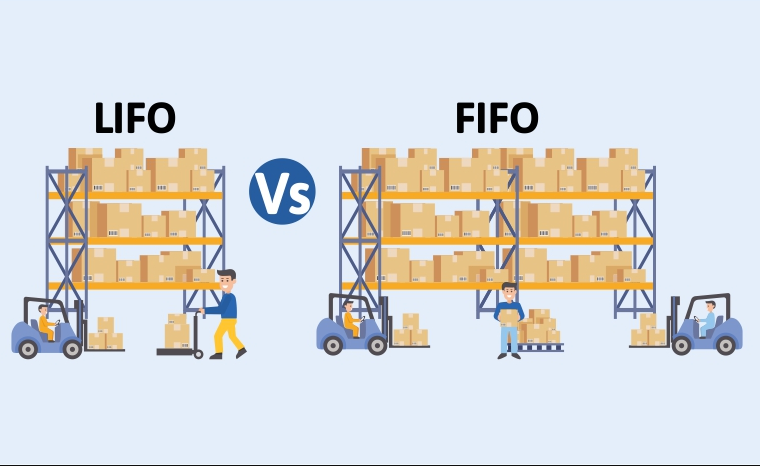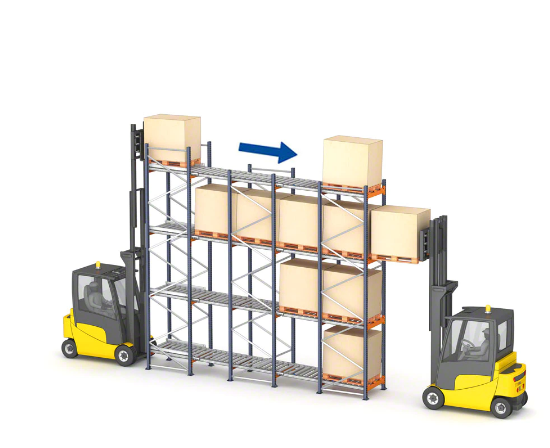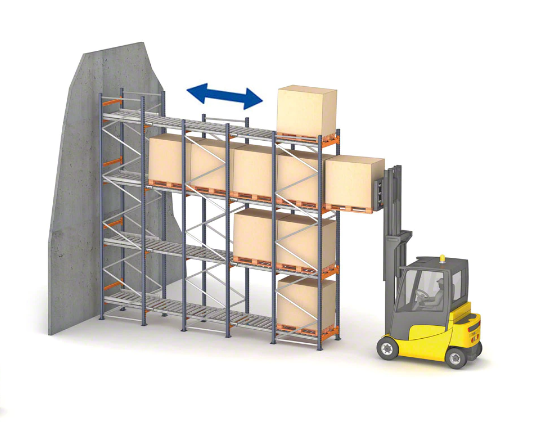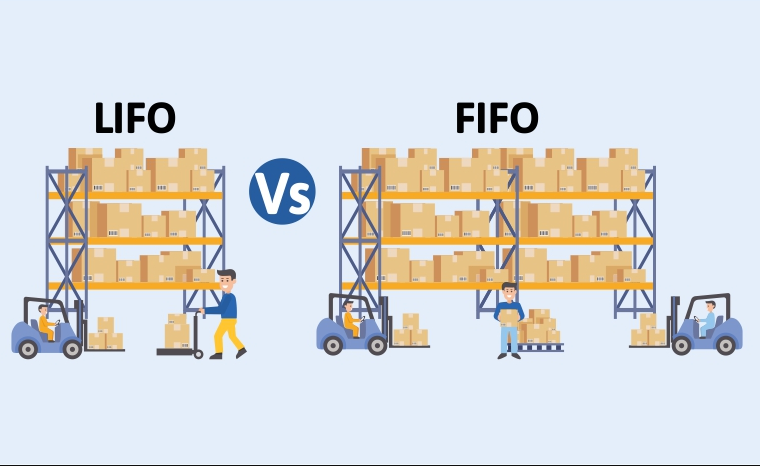 spieth12@spiethstorage.com
spieth12@spiethstorage.com +86 18006010205
+86 18006010205
LATEST NEWS
-
Time:8/26/2025
-
Time:8/25/2025
-
Time:8/21/2025
-
Time:8/19/2025
-
Time:8/15/2025
CONTACT US
-
 Tel : +86 18006010205
Tel : +86 18006010205
-
 E-mail : spieth12@spiethstorage.com
E-mail : spieth12@spiethstorage.com
-
 Address : Tongan Park, Tongan District, Xiamen, China 361023
Address : Tongan Park, Tongan District, Xiamen, China 361023
Product News
What is FIFO and LIFO in Warehouse Management
 Time:8/25/2025
Time:8/25/2025 38
38Effective warehouse management relies heavily on accurate inventory control and organized stock rotation. Properly managing inventory not only ensures that products are used in the correct order but also minimizes losses from spoilage, obsolescence, or misplacement. Among the various methods of inventory management, FIFO (First In, First Out) and LIFO (Last In, First Out) are two of the most widely used approaches. Both have distinct advantages, challenges, and applications in warehouse operations. Understanding how these methods interact with warehouse layouts, shelving systems, and operational workflows is essential for efficiency and profitability.

What Do FIFO and LIFO Mean in Warehouse Management?
FIFO (First In, First Out)
FIFO is a method where the oldest stock is used or shipped first. In a warehouse context, this often means positioning pallets or items on shelving systems so that older stock is easily accessible at the front while new stock is loaded behind. This approach is particularly effective for perishable goods, time-sensitive products, or items with expiry dates, ensuring that nothing becomes obsolete or wasted.
LIFO (Last In, First Out)
LIFO, on the other hand, prioritizes the newest stock for use or shipment. In warehouses with simple shelving or high turnover, last-loaded pallets are picked first. This method can be advantageous for non-perishable goods or products with stable demand, but it carries a risk of older inventory remaining unused for extended periods, potentially leading to degradation or obsolescence.
Visualizing stock flow on racking systems helps warehouse managers plan layouts and streamline picking processes for both FIFO and LIFO methods.
FIFO vs LIFO: Advantages and Disadvantages in Warehouse Operations

FIFO Advantages
Reduces risk of expired or obsolete stock
Optimizes shelf space with systematic stock rotation
Supports accurate inventory valuation in accounting and reporting
Improves compliance with safety and quality standards
FIFO Disadvantages
Requires careful shelving layout and proper labeling
Can be labor-intensive if older stock is blocked or hard to access

LIFO Advantages
Can lower taxable profit in inflationary conditions
Simplifies stock picking in warehouses with straightforward layout
Useful for high-turnover, non-perishable products
LIFO Disadvantages
Older stock may remain unused, creating potential losses
More frequent audits may be required to ensure inventory accuracy
Not ideal for perishable or time-sensitive goods
LIFO & FIFO Problems in the Warehouse and Solutions
Common Issues
FIFO: Older pallets can be blocked by newer stock on the shelves, making it difficult to pick items in the correct order.
LIFO: Older stock remains on high racks or back rows, risking spoilage or degradation.
Practical Solutions
Flow racks or mobile shelving: Facilitate automatic rotation and easier access to older stock.
Labeling and barcoding: Use clear, color-coded zones and barcode scanning to track stock efficiently.
Staff training: Ensure warehouse personnel follow the designated picking methods.
Regular audits: Conduct cycle counts and stock inspections to maintain inventory accuracy.
By combining these solutions with well-planned shelving layouts, warehouses can minimize errors and improve operational efficiency.
How to Calculate FIFO and LIFO in a Warehouse Context
FIFO Calculation
Identify the oldest stock in inventory and use it first.
Apply unit costs of the oldest items to calculate cost of goods sold (COGS).
Remaining inventory reflects the most recently purchased or produced items.
LIFO Calculation
Identify the newest stock in inventory and use it first.
Apply unit costs of the most recent items to COGS.
Remaining inventory consists of older items.
Warehouse Considerations
Proper shelving and pallet placement are essential to ensure accurate FIFO or LIFO application.
Automated warehouse management systems (WMS) can simplify tracking and calculations, especially for large-scale operations.
Comparing FIFO and LIFO outcomes can influence financial reporting, tax liability, and inventory management strategies.
Conclusion
FIFO and LIFO are fundamental inventory management methods that directly impact warehouse efficiency, stock quality, and financial accuracy. Choosing the right method depends on product type, turnover rate, shelving systems, and operational priorities. By integrating proper inventory practices with effective warehouse layouts, clear labeling, and technology support, managers can optimize stock rotation, minimize losses, and improve overall warehouse performance.
Understanding what is FIFO and LIFO in warehouse management is not just an accounting exercise—it’s a practical strategy for keeping warehouses organized, compliant, and productive.
Send Message
ONLINE SERVICE
-

-
 +86 18006010205
+86 18006010205 -
 +86 18006010205
+86 18006010205
 0
0
Browsing History


















 link:
link:




